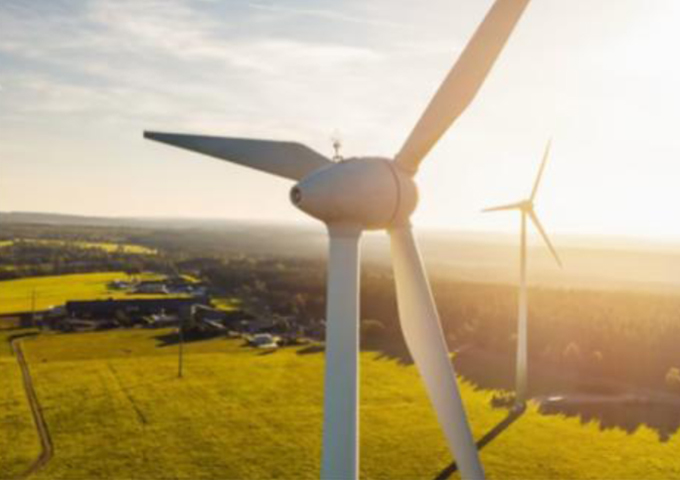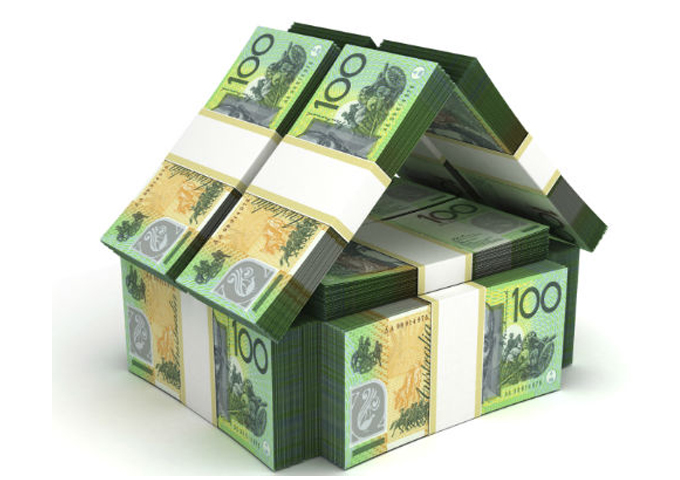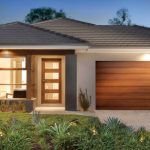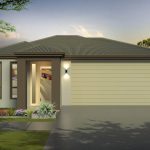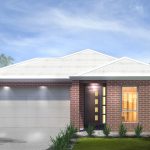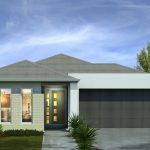Research by a leading Australian property analyst has revealed the capital city suburbs where rental properties “pretty much pay for themselves”.
“There are plenty of suburbs within Australia’s capital cities where high rent returns make it easier on landlords to patiently wait for equity gains,” Propertyology’s head of research Simon Pressley said.
“In some locations, even with a low 10 per cent deposit, the typical property is putting money back into the owner’s pocket each year.”
Propertyology analysed detached-housing data across every suburb in all eight capitals, with calculations based on median rents, interest expenses depending on whether an investor purchased with a 10 per cent or 20 per cent deposit, and a provision for other standard holding costs such as maintenance, council rates, insurance and property management fees.
Results showed that many of these addresses are well within reach of the average investor, Mr Pressley said.
The suburbs found to be cashflow positive had median house values ranging from $170,000 to $650,000, with rents covering most, if not all, of the property’s holding costs. All calculations are before tax and depreciation deductions.
Australia’s cashflow capitals
Darwin and Hobart offer the most opportunities for investors to purchase properties “where cashflow is king”, Mr Pressley said.
“Australia’s best capital city cashflow suburb is in Karama in Darwin, which is just 10 kilometres from the GPO and has a median house price of only $392,000,” Mr Pressley said.
“This investment will generate a positive cashflow of $3600 per year if purchased with a 20 per cent deposit or $1700 per year using 10 per cent.”
According to Mr Pressley, the results are an example of how cashflow “buys an investor time”.
“While Darwin’s market has been an underperformer over the past three years, investors won’t be as concerned if they own a property that’s actually supplementing their income,” he said.
Cashflow v capital growth
A property’s short-term cashflow status is far from the only thing an investor should consider. Selecting a property likely to appreciate in value over time is key.
“Fundamentals, such as proximity to employment nodes, local demographics and the various factors which affect housing supply, are important considerations as well,” Mr Pressley said.
Suburbs offering both high cashflow and capital growth potential are not common, but can still be found in every state according to Propertyology.
“Price growth cycles are still ahead for Brisbane, Adelaide and Perth, so high cashflow options are likely to pay off sooner in terms of value gains,” Mr Pressley said.
“Fifteen kilometres south of Brisbane’s CBD, a typical house in the suburb of Coopers Plains can be purchased for just $400,000 and will be cashflow positive by $3600 per year.”
In Perth, the best cashflow properties are located between 25 and 35 kilometres out of town,” Mr Pressley said.
“Typical housing in suburbs like Brookdale, Hillman, Dayton, Armadale and Medina are all under $300,000, making them very price accessible while waiting for the next market upswing.”
Negatively geared: Sydney, Melbourne, and Canberra
Would-be landlords in Sydney, Melbourne and Canberra will be disappointed to learn there are currently no suburbs where an investor can buy a detached house and expect it to be cashflow positive with a deposit of 20 per cent or less.
However, options do exist for those who venture further out of town.
“For example, a house in Lake Munmorah on the Central Coast will cost $3093 per year to hold,” Mr Pressley said.
“Compare that to somewhere like Blacktown, 38 kilometres west of Sydney. That suburb has a median house price of $740,000 and a property there will cost $11,775 per year to maintain, even if you have a 20 per cent deposit.
“The figures are even worse for Hornsby, where a median house price of $1.33 million will leave you $26,152 a year worse off.”
Such investments look “particularly tough” when you factor in that Sydney’s growth phase ended a year ago and Sydney’s next cycle could be several years away, Mr Pressley said.
“Victoria paints a similar picture with Greater Melbourne’s best locations for cashflow investors within the municipality of Melton – 40 kilometres north-west of the CBD,” he said.
“Here, the median house price is around $400,000 and will cost those with a 20 per cent deposit just $4000 per year to hold.”
“Compare those figures to somewhere like Doncaster, 17 kilometres from the CBD, where a typical house will cost $34,702 a year to hold under the same parameters.
“Similarly, Brunswick housing sees its investors contributing $23,805 per year to maintaining the holding – a tough ask if you’re trying to be patient.”
